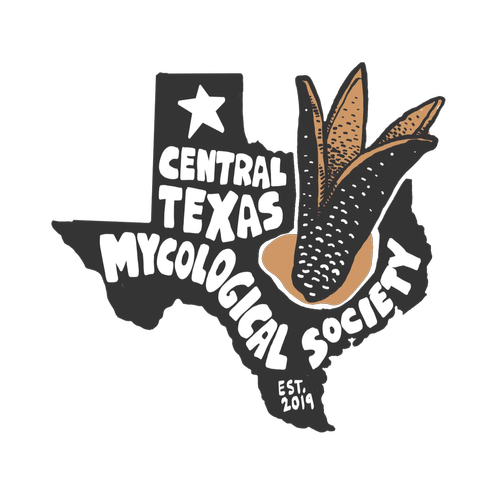November Mushroom of the Month: Trametes Versicolor





The November mushroom of the month is Trametes versicolor commonly known as Turkey tail. Turkey tail decomposes rotting wood and is used in traditional Chinese medicine and has been found to improve response to cancer medicines and radiation. It is also used for muscle strength, fatigue, UTIs, and many other conditions. Fortunately, there are no toxic look-alikes which generally makes them a “safe”mushroom to forage. Swipe to learn how to identify Turkey Tail, Trametes versicolor from False Turkey Tail, Stereum ostrea.
🙌 to Erika for naming that mushroom correctly and becoming the 1,174th member of Central Texas Mycology!
Can I EAT it?
Sort of, It’s Medicinal
Turkey tail decomposes rotting wood and is used in traditional Chinese medicine and has been found to improve response to cancer medicines and radiation. It is also used for muscle strength, fatigue, UTIs, and many other conditions. Fortunately, there are no toxic look-alikes which generally makes them a “safe”mushroom to forage.
how to identify Turkey Tail, Trametes versicolor from False Turkey Tail, Stereum ostrea.
The key to identification of turkey tail is the underside.
Similarities
Polypore
Grows on decomposing wood
Thin and flexible
Concentric growth rings on the cap
Irregular outer margins
Differences
False has smooth, tan underside and pores are not visible. True has white pores that are visible.
False has green algae that grows on it. True does not.
False grows upwards to the edges. True often has flat growth.
5 STEPS to Correctly IDentify
Does it have visible, multi-colored concentric zones?
Is it thin and flexible? (1–3 millimeters thin)
Does the top feel velvety?
Is the underside white? (Gets more yellow with age.)
Does the underside have small pores?
